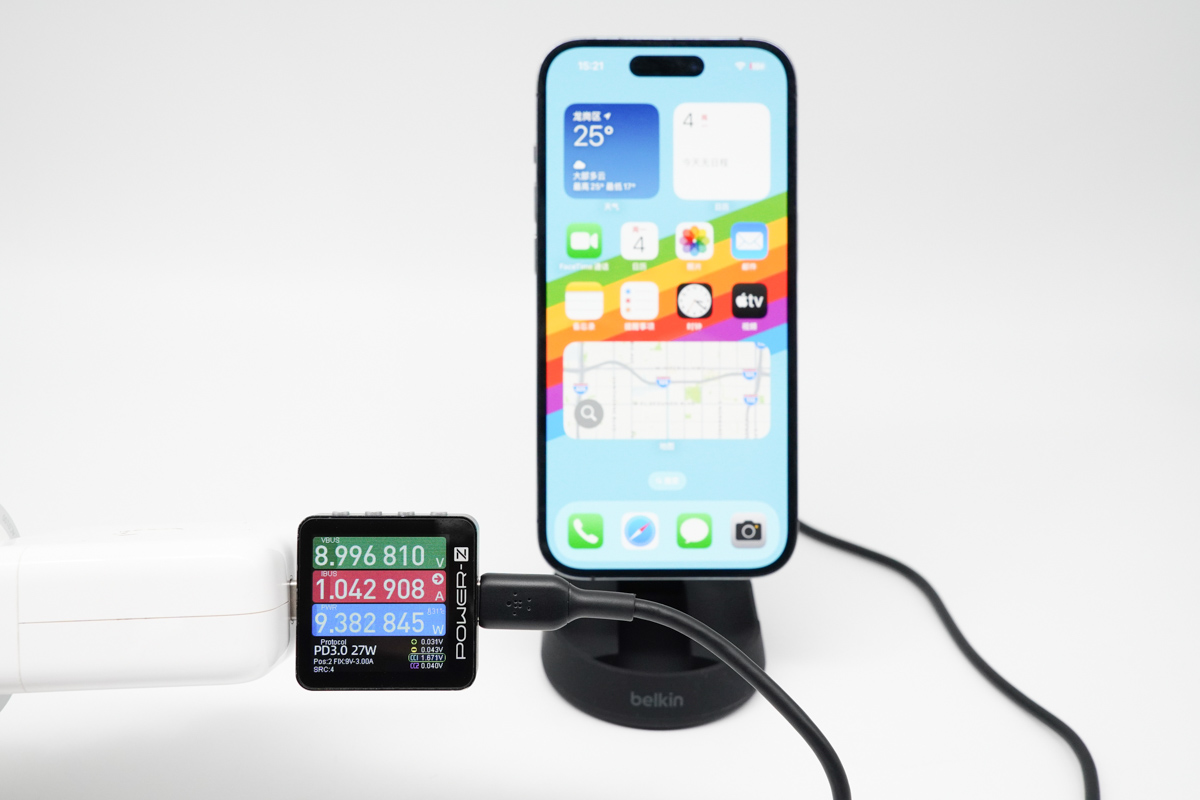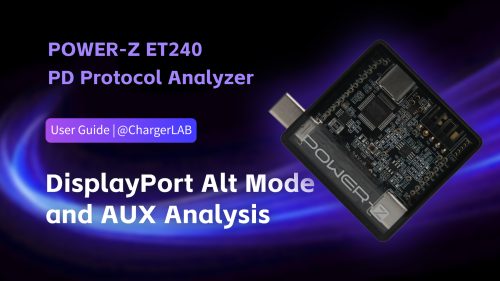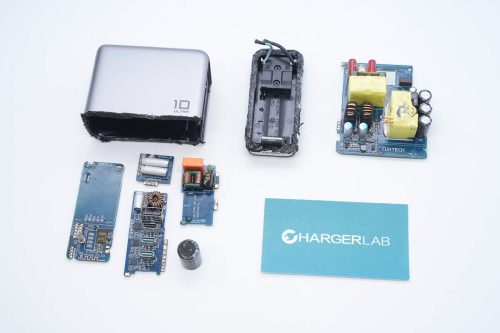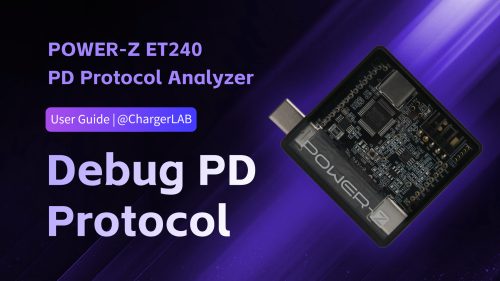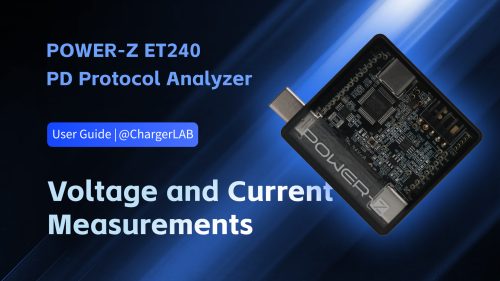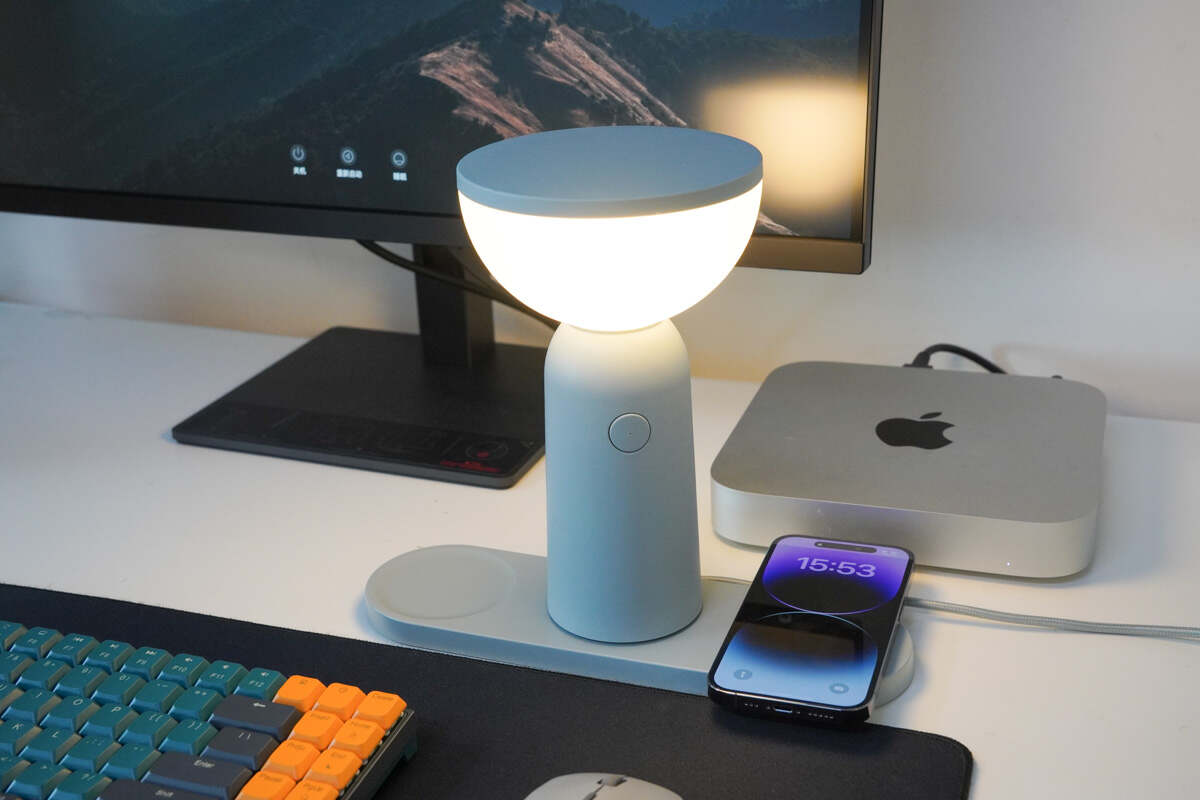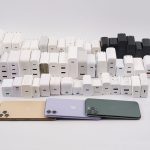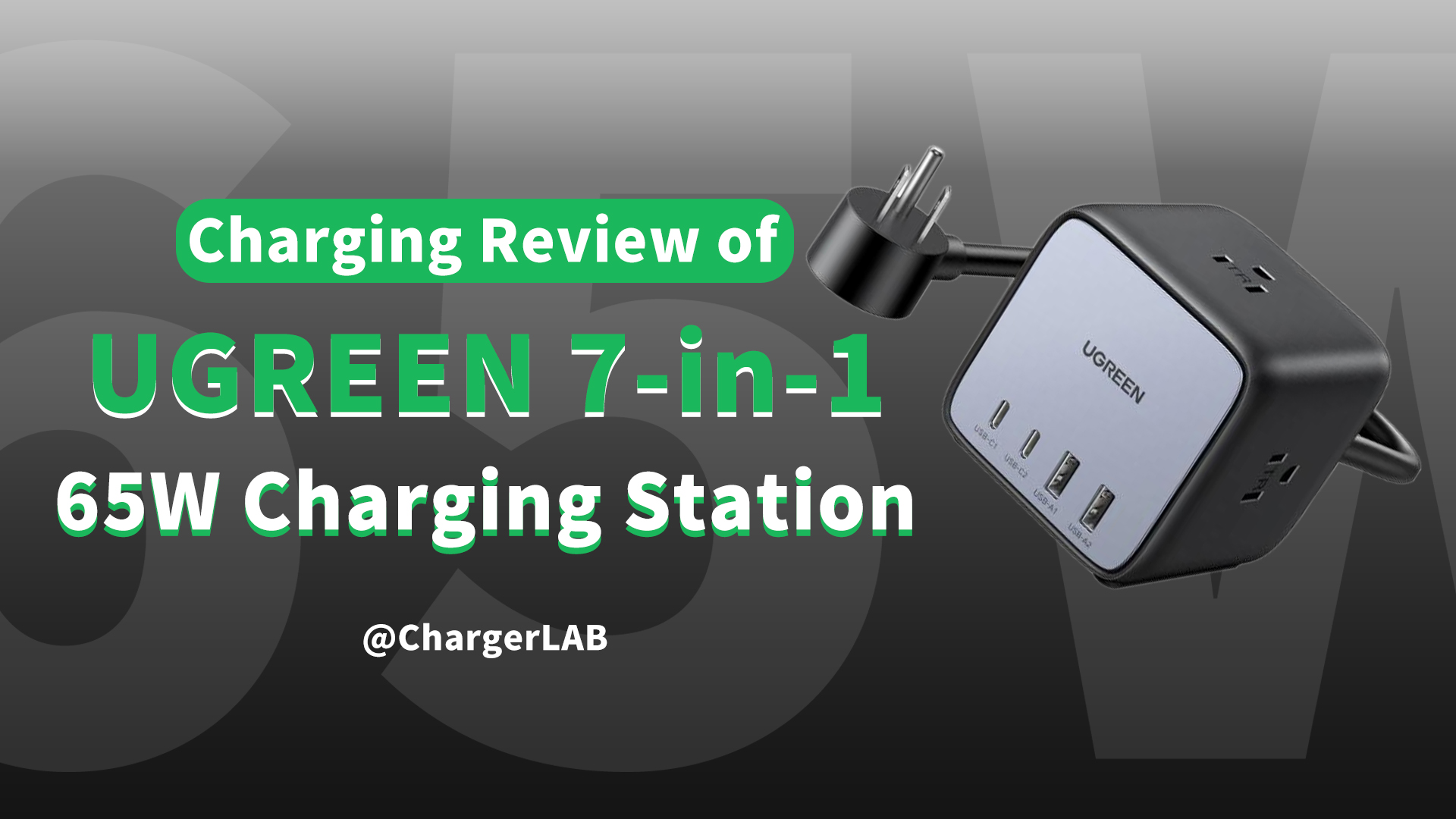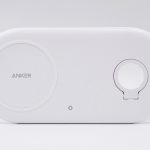Introduction
Following the release of Apple's MagSafe wireless charging technology and its associated MPP protocol, a surge of Qi2-enabled wireless chargers have emerged in the market, promising a similar charging experience to MagSafe chargers without the need for Apple's "MFM" certification.
As a result, there's been a growing interest among users in understanding the real-world performance of these Qi2 wireless chargers. While our ChargerLAB POWER-Z KM003C tester cannot directly measure the real-time power of the wireless transmitter and receiver, it can measure the power input at the cable end and, through reasonable calculations, estimate the power output on the wireless end. Today, we'll be using the Belkin BoostCharge Pro Qi2 Wireless Charging Stand, one of the brands deeply cooperated with Apple, to do the test.
Wireless Charging Test
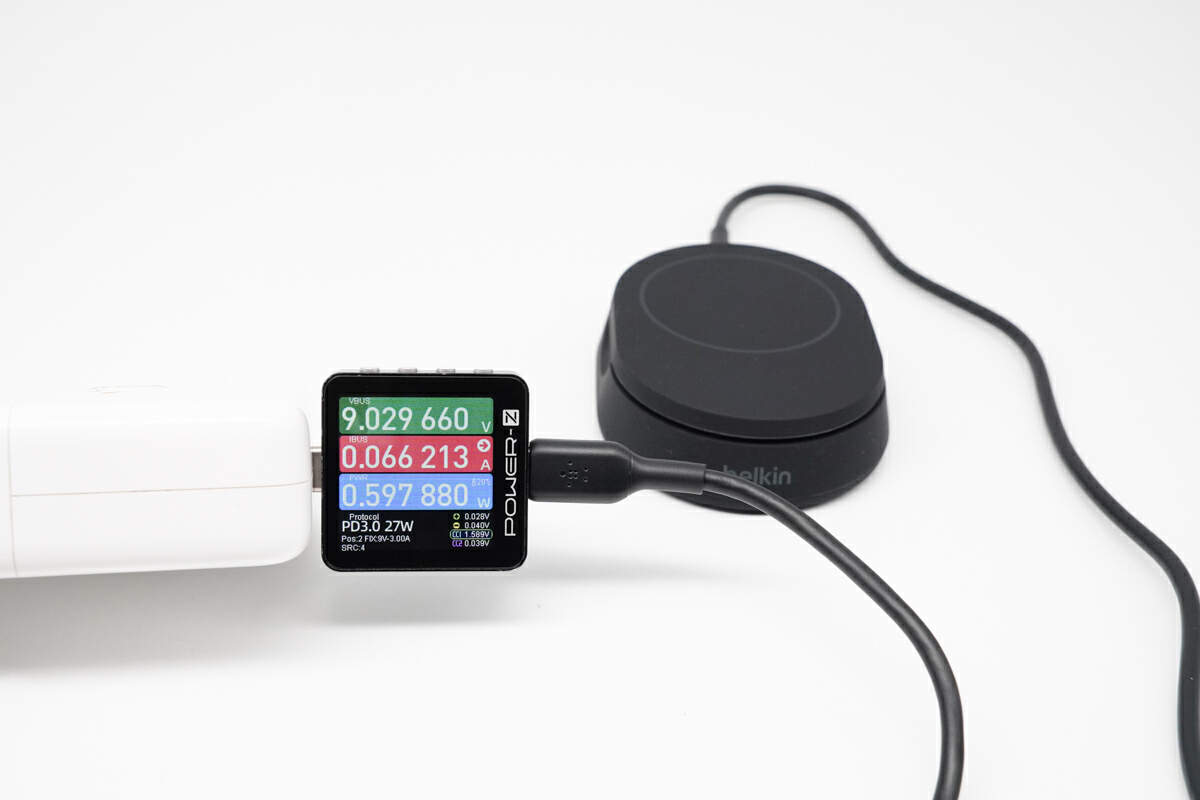
First, let's take a look at the standby power. Using an Apple 30W charger to power the Belkin BoostCharge Pro Qi2 Wireless Charging Stand, the KM003C measured a power consumption of around 9.03V 0.07A 0.60W, which is within the normal range.
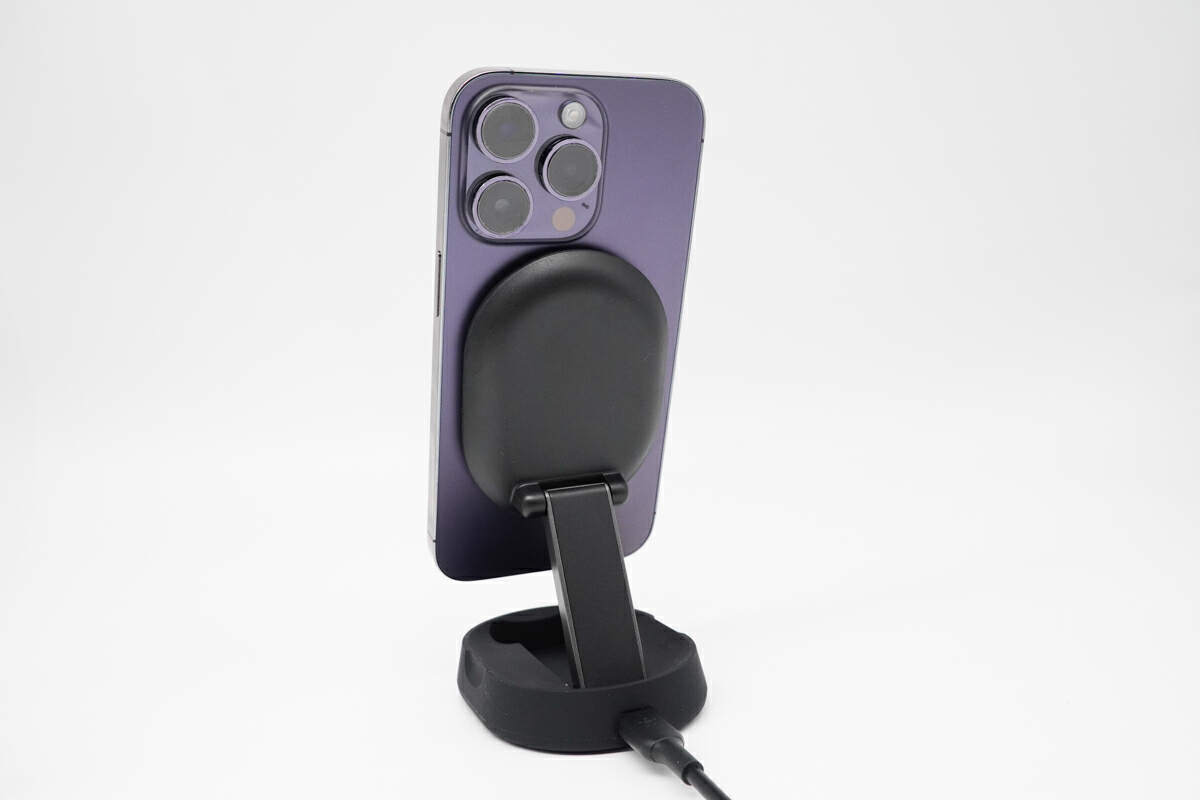
As you can see, even though the gap between the camera module and the charging pad is relatively small, the iPhone 14 Pro Max can still be placed on it properly.
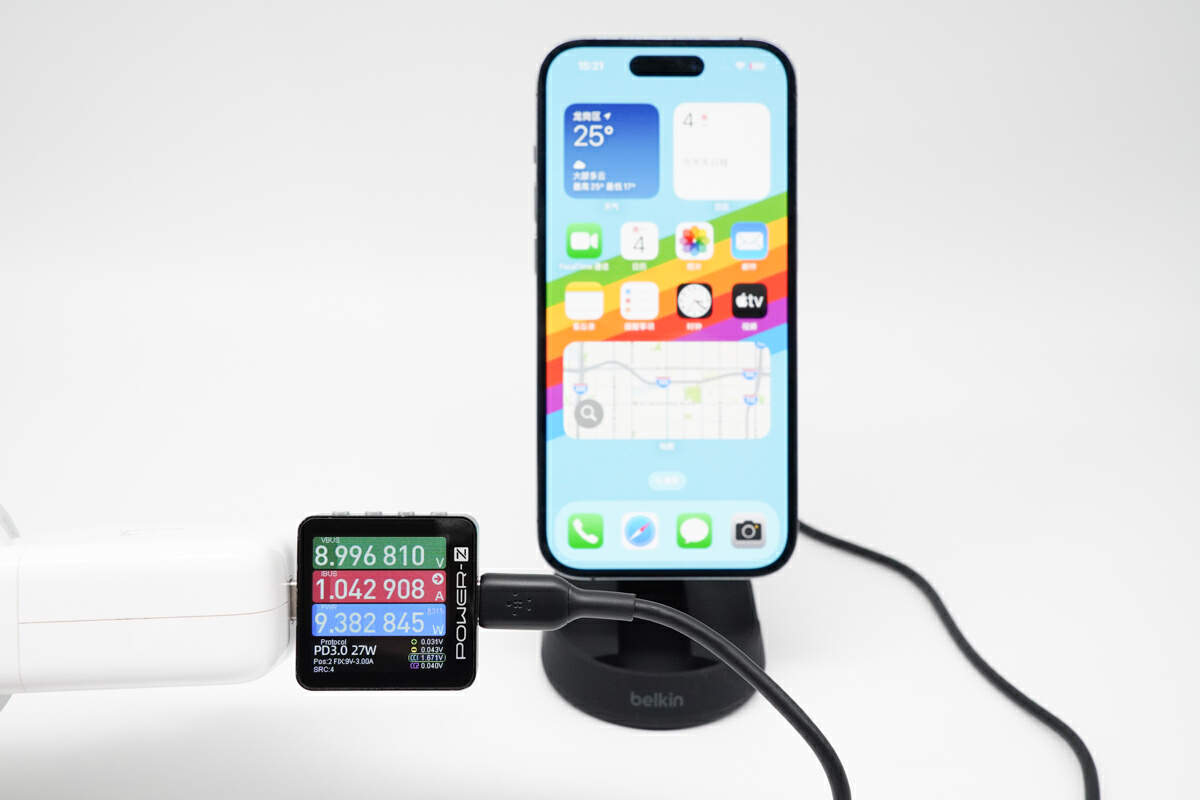
Without upgrading the system to iOS 17, the charger output power is only 9.00V 1.04A 9.38W, and the phone does not support Qi2 15W wireless charging at this time.
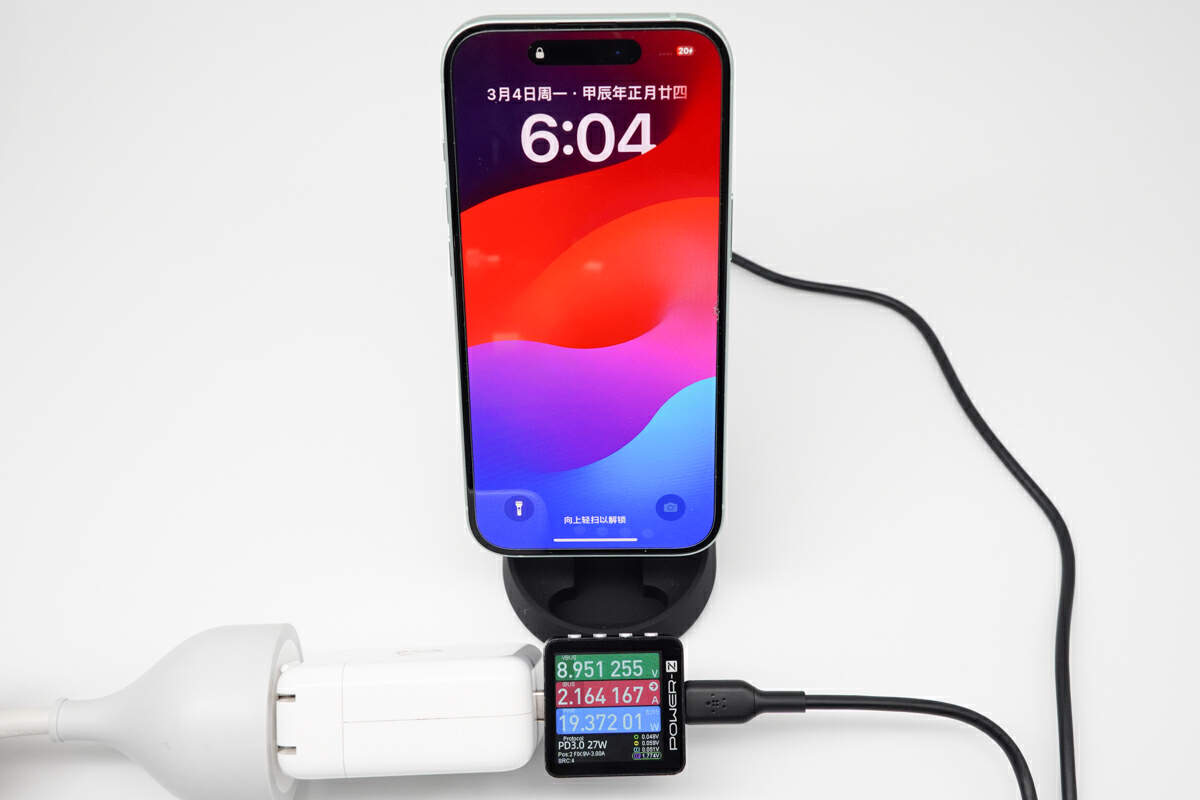
After switching to an iPhone 15 with the latest system update, the output power increases to 8.95V 2.16A 19.37W. After accounting for loss, the wireless side reaches approximately 15W.
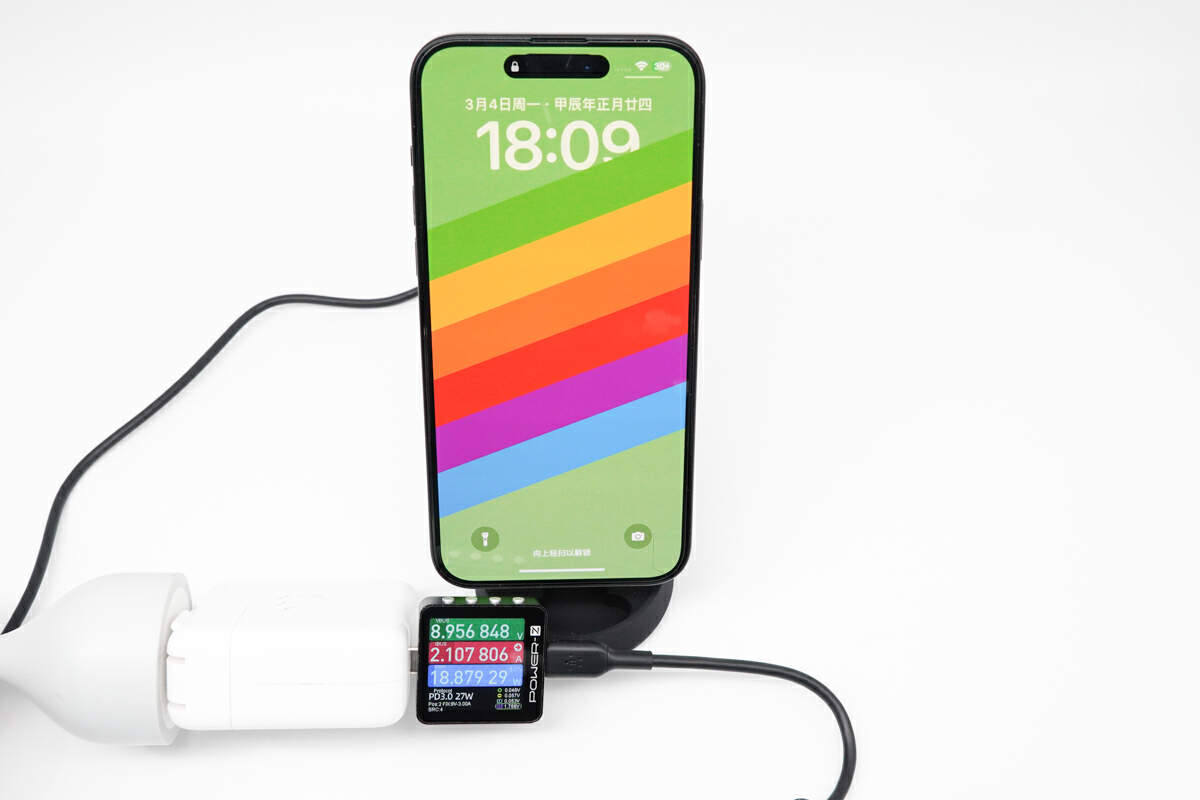
The situation is similar for the iPhone 15 Plus, with a power output of 8.96V 2.11A 18.88W.
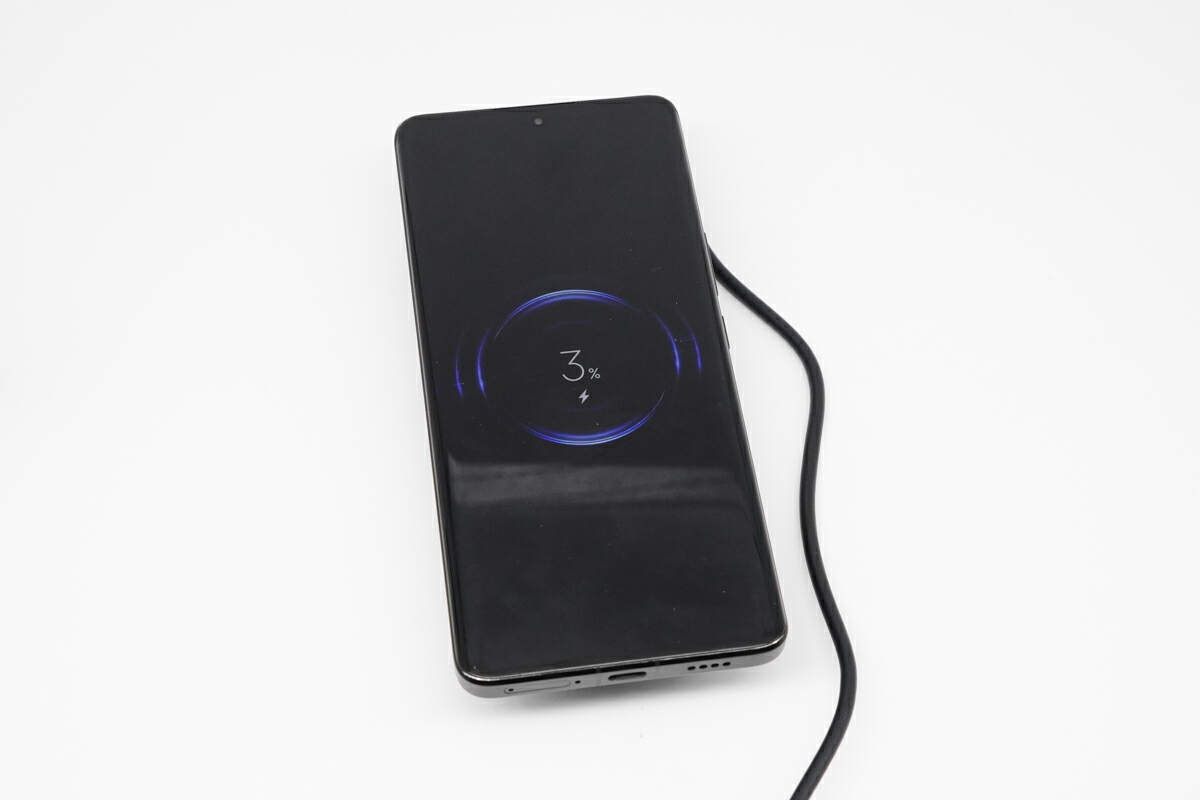
In addition, it can also charge Android phones that support wireless charging, such as this Xiaomi phone. However, since the magnetic function is exclusive to iPhones, you need to fold the charging pad to work properly.
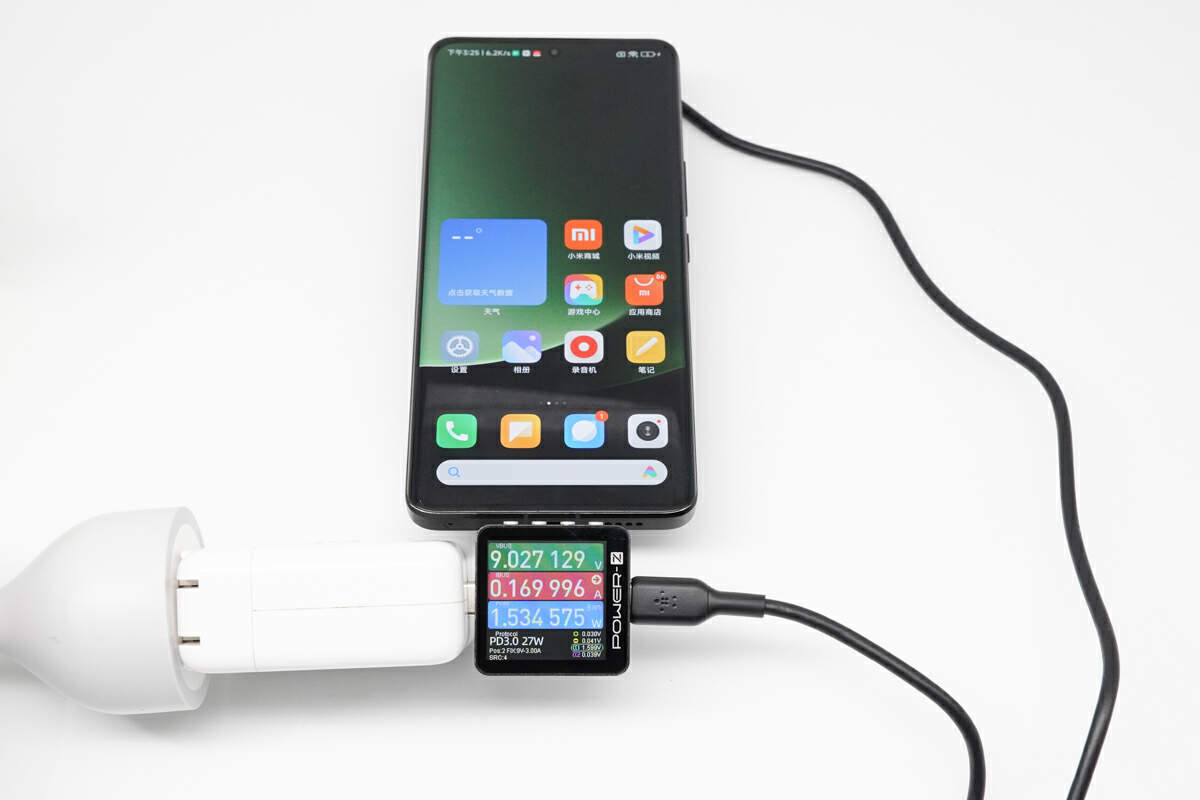
Unfortunately, the power is very low in this case, only 9.03V 0.17A 1.53W, which is almost unusable.
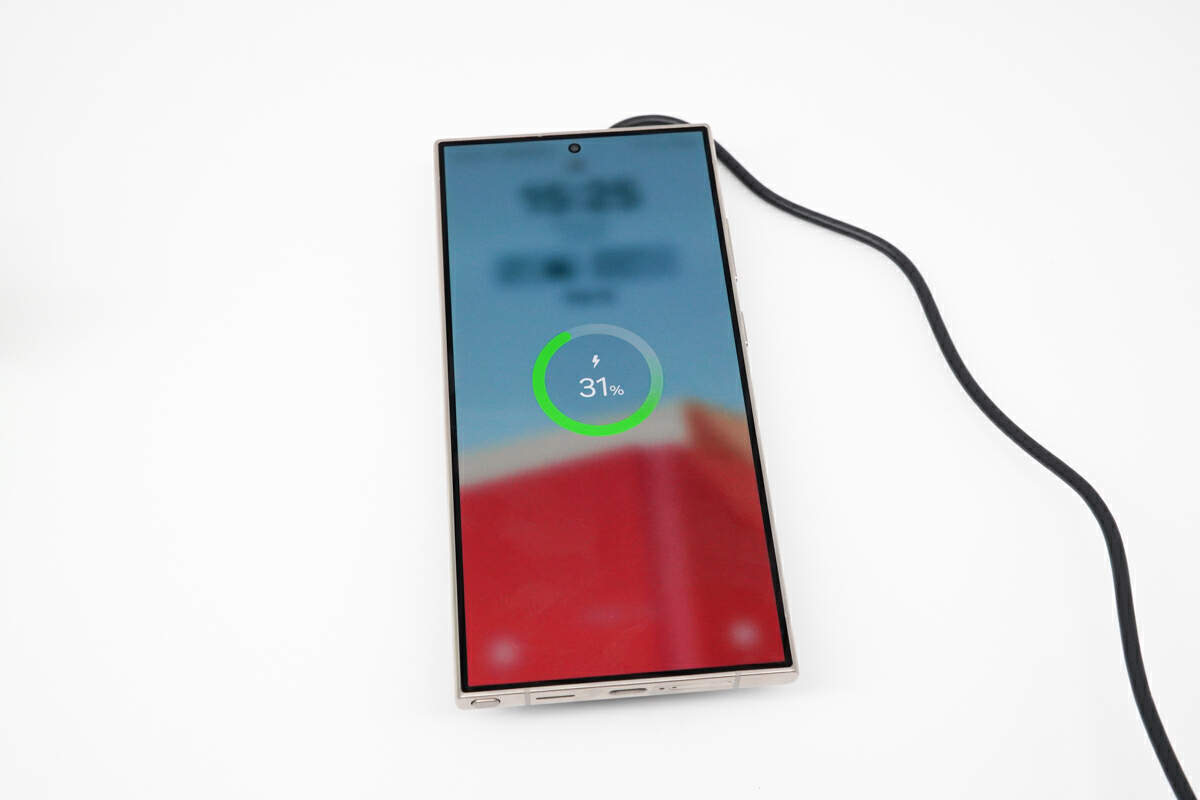
It can also charge this Samsung phone.
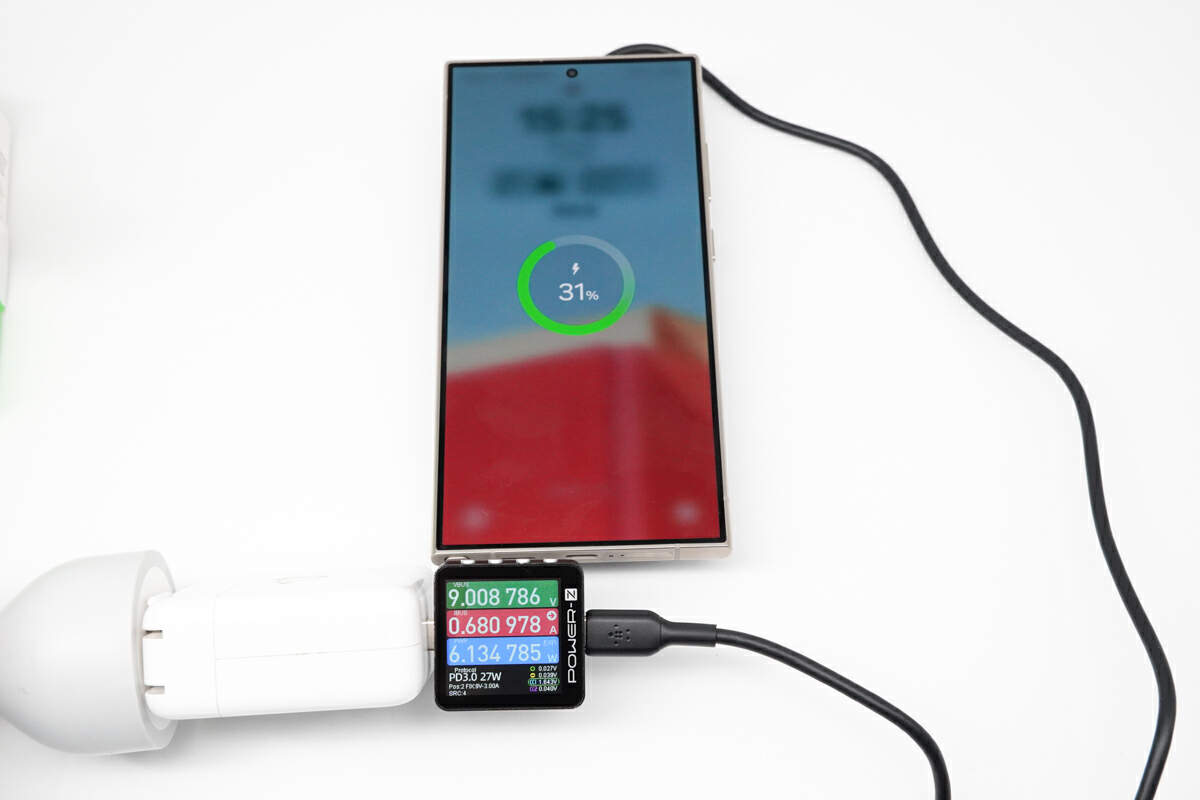
The power is much higher, at 9.01V 0.68A 6.13W.
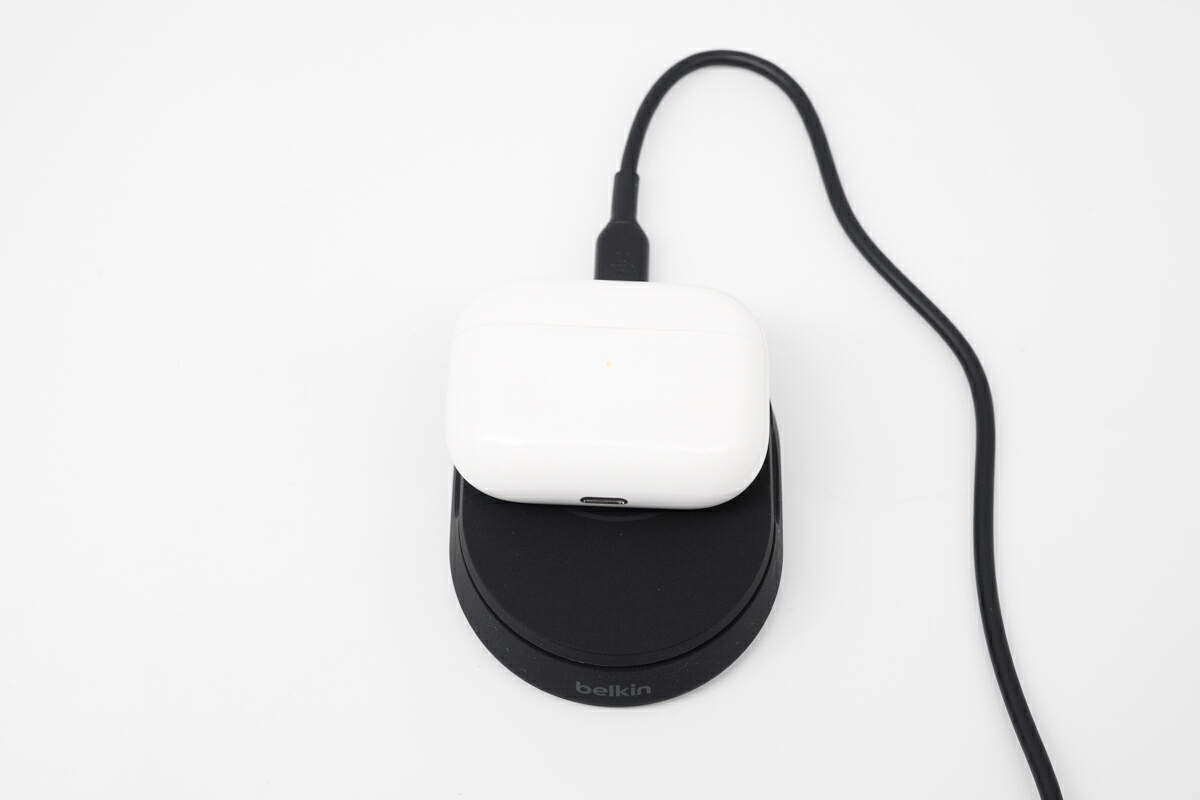
Finally, let's try charging AirPods Pro. The indicator light is orange, indicating that it is charging.
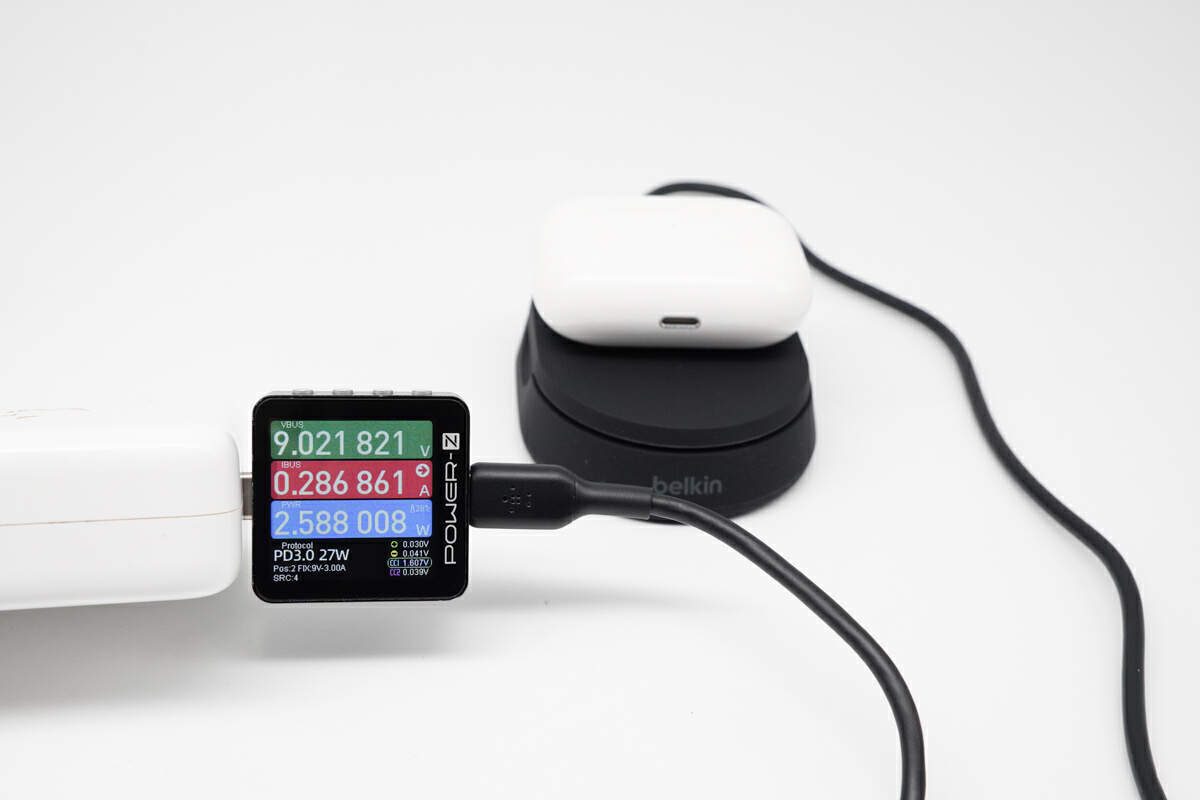
he power is 9.02V 0.29A 2.59W, which is within the normal range.
Summary of ChargerLAB
Through this Qi2 wireless charging test, we found that using chargers that support the Qi2 wireless charging protocol for wireless charging of the iPhone 15 series has a similar status to Apple's MagSafe wireless chargers. Secondly, the iPhone 14 Pro Max (not upgraded to iOS 17) performs the same as ordinary third-party wireless chargers, only supporting 7.5W.
Overall, Qi2 wireless chargers and MagSafe chargers perform very similarly, both offering an excellent user experience. Actual measurements with the KM003C show that the maximum output power on the wireless side is around 15W.
Related Articles:
1. Anker's Latest Innovation: MagGo Power Bank with Qi2 Certification
2. V.1.8.7 | The New Software Version of POWER-Z KM003C
3. Inventory of 10 Commonly Used Functions of Power-Z KM003C

